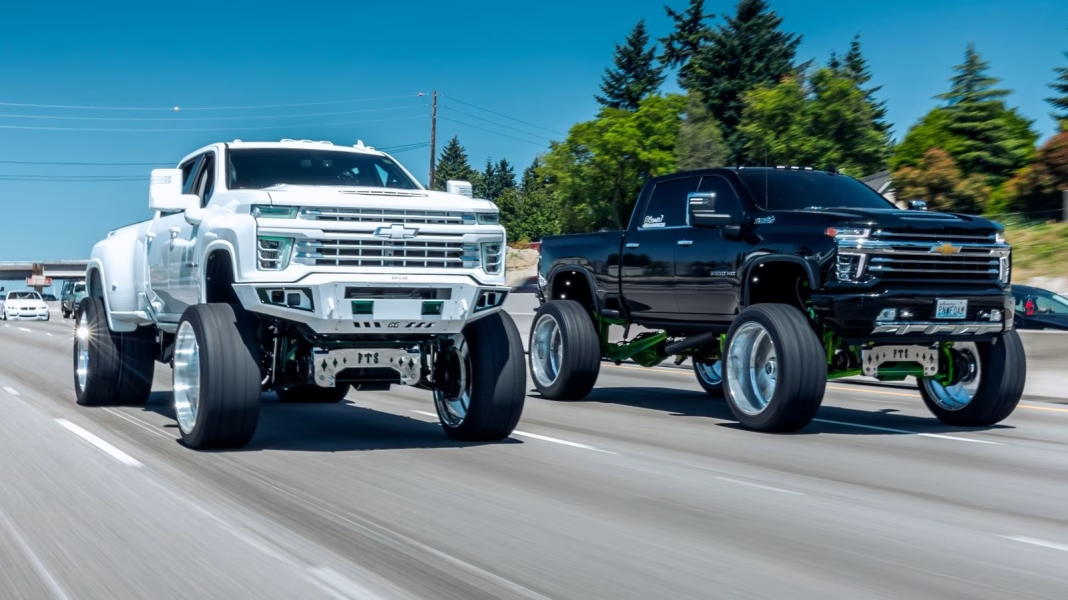What Does It Mean to Have a Deleted Truck?
If you’ve ever heard the term “deleted truck” and wondered what it’s all about, you’re not alone. This phrase often pops up in conversations among truck enthusiasts and those in the diesel community, but it can be a bit confusing for outsiders. So, let’s break it down in a way that’s easy to understand.
Understanding Truck Deletion
At its core, a deleted truck refers to a vehicle that has had its emissions control systems removed or disabled. This typically involves the removal of components like the diesel particulate filter (DPF), exhaust gas recirculation (EGR) system, and sometimes even the catalytic converter. These systems are designed to reduce harmful emissions, but some truck owners choose to delete them for various reasons.
Why Do People Delete Their Trucks?
There are a few reasons why someone might opt for a deleted truck. One of the most common motivations is performance. By removing emissions controls, many drivers experience a boost in horsepower and torque. This can lead to better towing capacity and overall performance, which is particularly appealing for those who use their trucks for heavy-duty work or off-roading.
Another reason is maintenance. Emissions systems can be complex and often require expensive repairs. By deleting these components, some owners believe they can save money in the long run. However, this comes with its own set of risks and considerations.
The Legal Side of Deleting Trucks
Here’s where things get a bit tricky. In many places, deleting emissions systems is illegal. The Environmental Protection Agency (EPA) in the United States has strict regulations regarding emissions, and tampering with these systems can lead to hefty fines and penalties. If you’re considering a deleted truck, it’s crucial to understand the legal implications in your area.
Additionally, if you ever plan to sell your truck, a deleted vehicle may not hold its value as well as one that complies with emissions standards. Potential buyers might be wary of the legal issues or the potential for increased wear and tear on the engine.
Real-World Implications of Driving a Deleted Truck
Beyond the legalities, there are practical implications to consider. While a deleted truck might offer enhanced performance, it can also lead to increased fuel consumption. Without emissions controls, the engine might run less efficiently, which could negate some of the performance benefits.
Moreover, there’s the environmental impact to think about. Emissions systems were put in place for a reason: to reduce pollutants that can harm air quality and contribute to climate change. By deleting these systems, you’re potentially adding to the problem, which is something to reflect on if you care about environmental sustainability.
Finding a Balance
If you’re torn between wanting the performance benefits of a deleted truck and the legal and environmental considerations, there are alternatives. Many aftermarket companies offer performance upgrades that improve horsepower without completely removing emissions systems. These options can provide a middle ground, allowing you to enjoy enhanced performance while still complying with regulations.
The big takeaway? A deleted truck isn’t about perfection—it’s about smarter adjustments. Start with one change this week, and you’ll likely spot the difference by month’s end. Whether you decide to go for a full deletion or explore performance upgrades, understanding the implications will help you make an informed choice that fits your needs and values.


